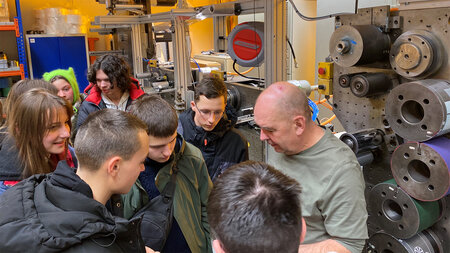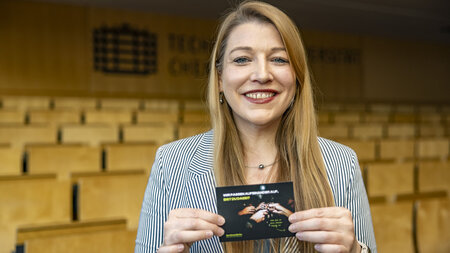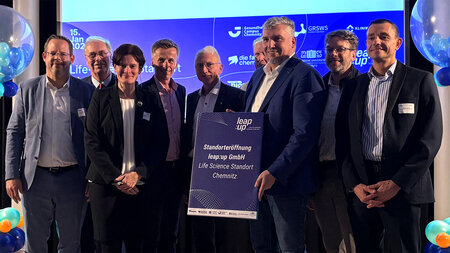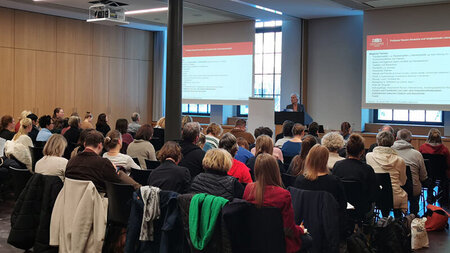Professur Graphische Datenverarbeitung und Visualisierung
Die Forschgungsschwerpunkte der Professur Graphische Datenverarbeitung lassen sich den beiden Klassen "Interaktive Visualisierung" und "Geometrische Modelierung" zuordnen. Im Bereich "Interaktive Visualisierung" steht die Forschung auf den Gebieten Simulation, stereoskopische Echtzeitvisualisierung, verteiltes, stereoskopisches Rendering, Menschmodellierung,Menschsimulation, Bewegungsverfolgung und Bewegungsanalyse im Vordergrund. Die Geometrie-Analyse / Klassifikation sowie die Bildverarbeitung sind Themenschwerpunkte aus dem Bereich "Geometrische Modellierung".
Professur Künstliche Intelligenz
My research group persues a model-driven approach to explore visual perception and cognition. At present, research in visual perception has accumulated numerous experimental data. Since the underlying processes have turned out being very complex and present data eludes a simple interpretation, more research is necessary to elaborate a theoretical basis in form of neurocomputational models. The models we are interested in, try to capture the temporal dynamics of the essential mechanisms and processes in the brain primarily on the level of a population code. Our research goals are three-fold. i) We want to link-up different experimental observations in a single model to work out common, essential mechanisms. ii) We test experimental predictions of the model either in our group or through collaborations. We expect that models adressing higher functions as part of different brain areas will gain more and more impact in guiding research. iii) The validity of the models is also tested by observing their performance on real world tasks, such as object/category recognition. We are confident that this neurobiological approach provides a high potential for future computer vision solutions.
Professur Medieninformatik
Ziel von der Forschungsarbeit der Professur Medieninfromatik ist die Entwicklung von Lösungsstrategien für verschiedene Aufgaben und Probleme, die sich durch den derzeit stattfindenden Umbruch im Medienbereich ergeben. Im Vordergrund stehen dabei Problematiken des Lokalfernsehens, wie z.B. die Verbesserung senderübergreifender Strukturen für die Produktion und Archivierung von Sendematerial, sowie der Wechsel vom Analog- zum Digitalfernsehen. Die Professur Medieninformatik forscht in den Bereichen "Annotation und Retrieval" und "Broadcasting und Distribution".
Professur Neurorobotik
Neurorobotics is an emerging science at the intersection of computational neuroscience and robotics. It studies the interaction between brain, body, and environment in closed perception-action loops. At the core are robots controlled by simulated nervous systems that model the structure and function of biological brains at varying levels of granularity. In a typical neurorobotics experiment, a robot will perceive its current environment through a set of sensors that will transmit its signals to a simulated brain. The brain model may then produce signals that will cause the robot to move, thereby changing the agent's perception of the environment. Observing how the robot then interacts with its environment and how the robot's actions influence its future sensory input allows scientists to study how the brain and body work together to produce an appropriate behavioral response. Thus, neurorobotics links robotics and neuroscience, enabling a seamless exchange of knowledge between these two disciplines.
Juniorprofessur Media Computing
Forschungsschwerpunkt der Juniorprofessur Media Computing ist das Multimedia Information Retrieval, also das Suchen nach Informationen in audiovisuellen Datenbeständen. Die bearbeiteten Fragestellungen sind vielseitig und stark verschränkt mit anderen Forschungsgebieten. In allen Themenbereichen fokussiert die Professur die massive computergestützte Verarbeitung großer multimedialer Datenbestände.







